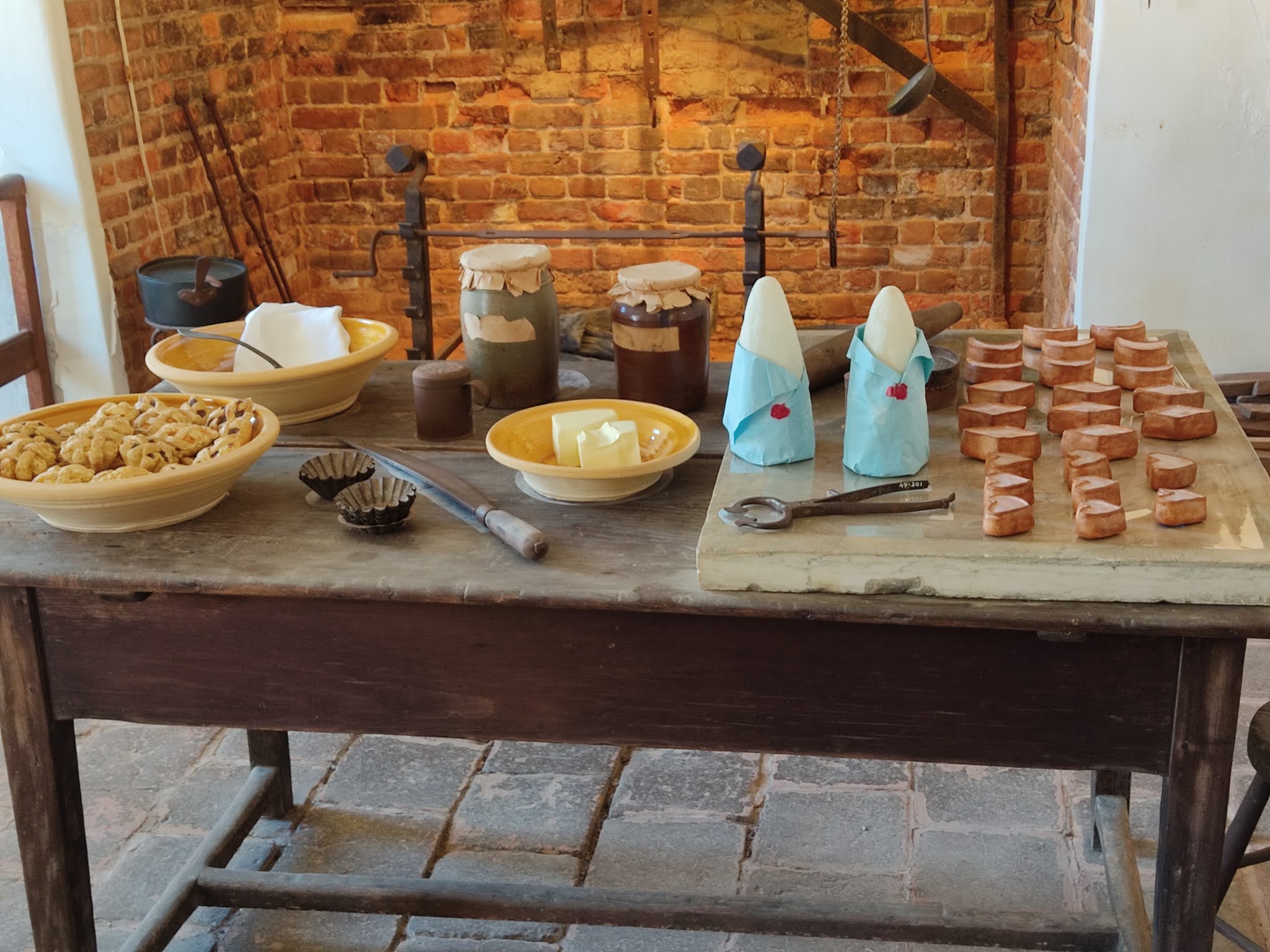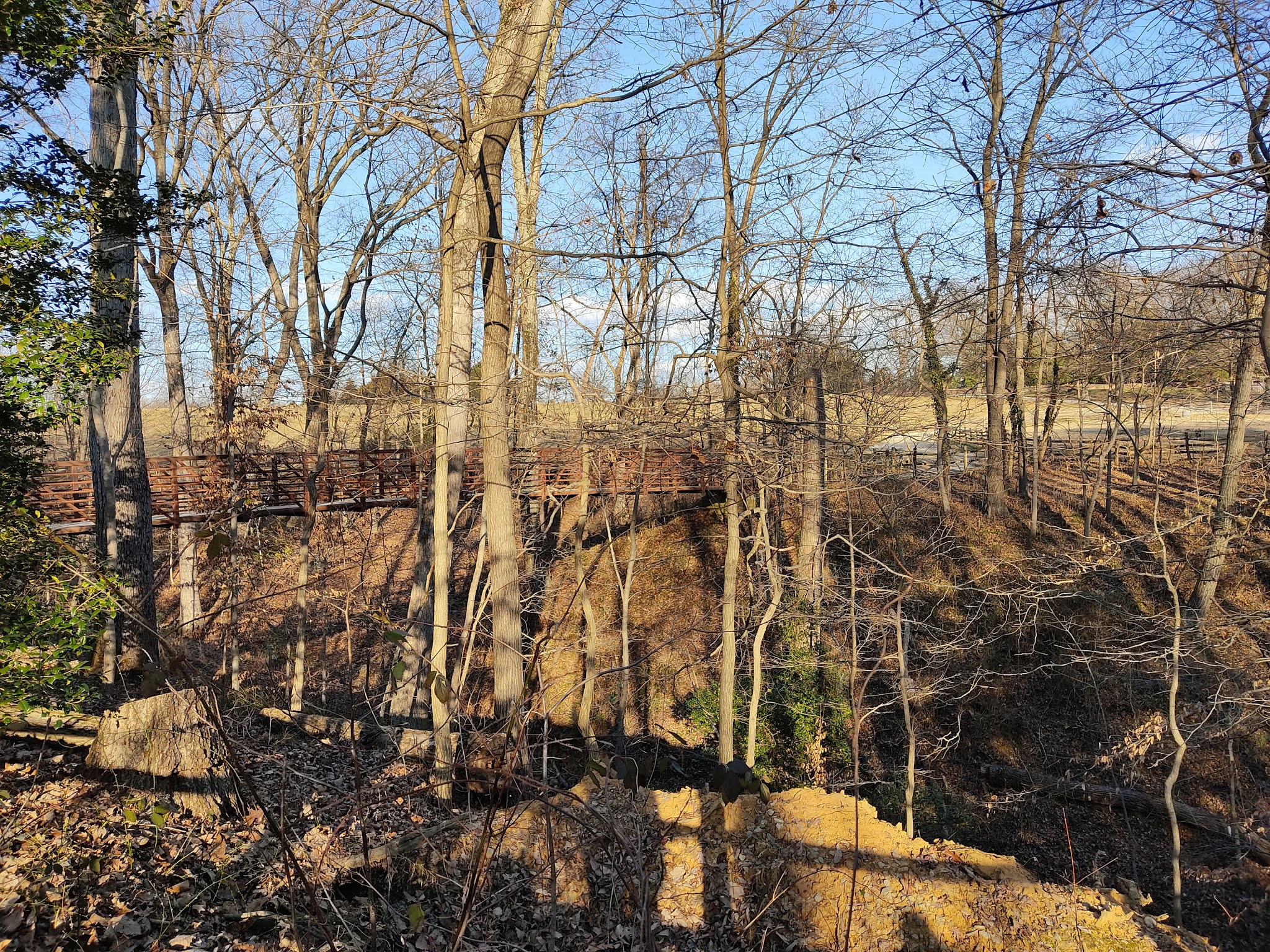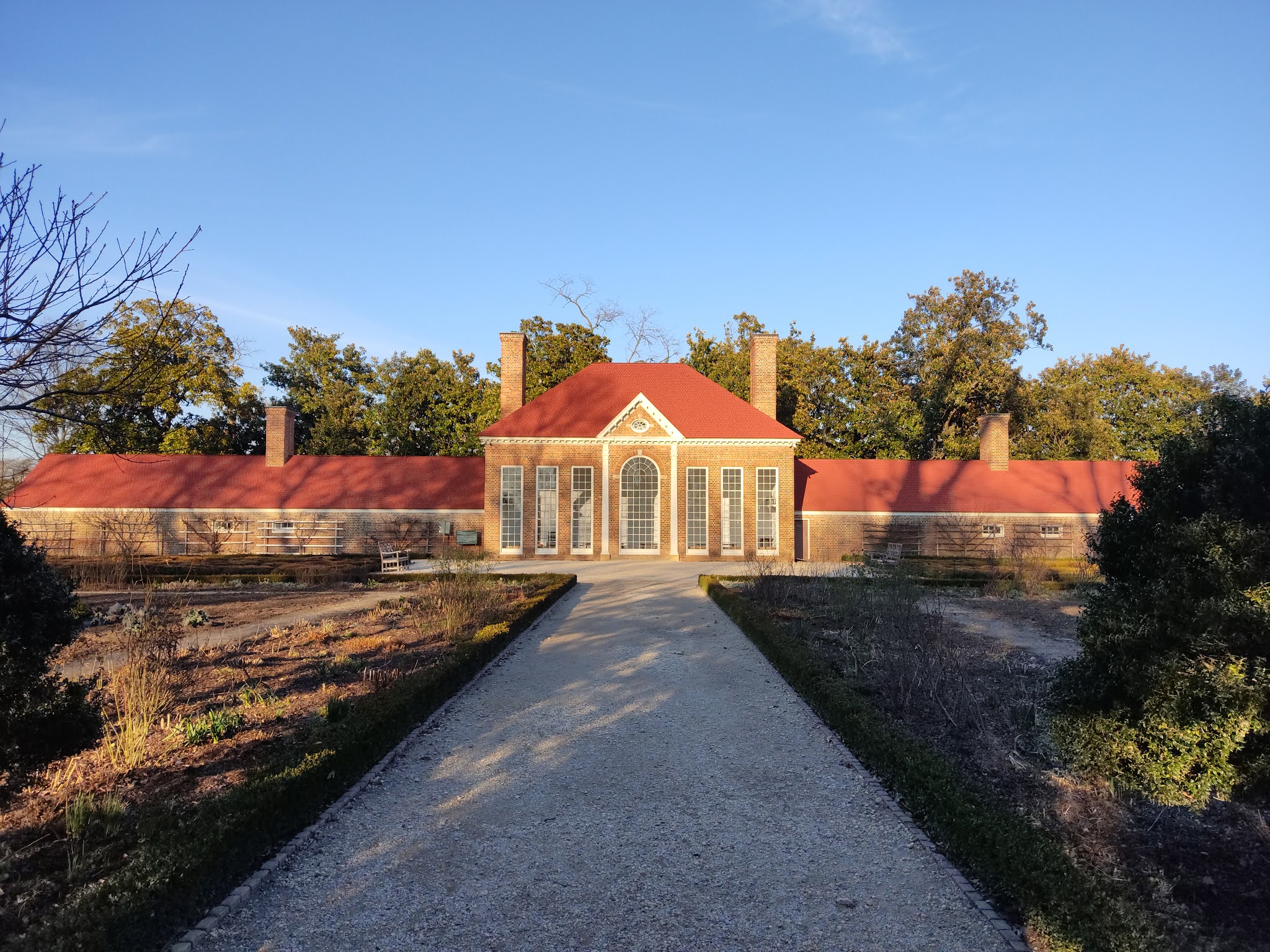Cuando supe que íbamos a visitar la mansión del mismísimo George
Washington en Mount Vernon, Virginia, me imaginaba que iba a visitar una casa
bien gringa, pretenciosa, gigantesca y con decoraciones bien kitsch, solo que
del siglo 18. En realidad, la casa es de solo dos pisos, sobria y hasta
modesta, considerando que perteneció al primer presidente de los Estados
Unidos. Pero es que hay que saber que el verdadero lujo es la propiedad en sí,
con un área de 200 hectáreas, además de tener acceso directo y vista – ¡qué
vista!! – sobre el río Potomac.
Pueden agregar la visita guiada de la casa a la lista de cosas que ha
arruinado el Covid. Teníamos un guía, pero por precaución, ni él ni los
visitantes tenían permitido hablar dentro de la casa. Antes de entrar, nos
explicó los principales detalles a los que teníamos que prestar atención, pero
como tengo memoria de pájaro, se me olvidó todo cinco minutos después. No fue
hasta que salimos que me acordé que Washington tenía la llave de la fortaleza
de la Bastille de París y no me di cuenta. Recuerdo que una muchacha le estaba
tomando foto a una cajita transparente encima de una puerta, pero en el momento
pensé en que era muy extraño tomarles fotos a las lámparas. Encima de eso, no
pudimos visitar el segundo piso, que es donde están los diez dormitorios, y
recorrimos todo tan rápido que no disfruté mucho. Aunque sí le quiero dar una
mención especial al museógrafo que decidió poner comidas de plástico en la
cocina y en el comedor para darle vida al lugar. Pero pienso en todos los otros
museos cerrados y supongo que peor es nada.
Lo bueno es que el resto de la visita se hace al exterior, en todo el
resto de la propiedad. Se pueden ver las dependencias de la casa como la
lavandería, las bodegas, los garajes y los establos. Al parecer, Washington se
veía a sí mismo como un agricultor, antes que nada, y se puede ver entonces una
reconstitución de los terrenos agrícolas de aquella época. También se pueden
visitar las tumbas de Washington y de otros miembros de su familia.
Me sorprendió mucho ver que a lo largo de toda la visita se hace mucho
hincapié en el hecho que Washington tuvo esclavos, en lugar de disimularlo o de
esconderlo. Nos explicaron que escribió en su testamento que los dejaba libres,
pero únicamente una vez que él y que su esposa fallecieran. Además, liberarlos
significó que varias familias fueron separadas, ya que no todos los esclavos
que trabajaban para él le pertenecían, por lo que algunos se tuvieron que
quedar allí trabajando para sus herederos. La visita te explica las tareas
difíciles que tenían que hacer los esclavos y te da un vistazo a sus
condiciones de vida, como en la reconstitución de la pequeña cabaña en la que
vivía una familia. En 1983, una asociación construyó un memorial en honor de
todos los esclavos que trabajaron y fueron enterrados allí, sin que exista
algún registro de cuántos y de quiénes fueron.
El museo sobre la vida de Washington me pareció muy bien hecho y
didáctico. Explica muy bien el contexto histórico, el humano detrás del símbolo
y hasta las investigaciones que se continúan haciendo sobre él en nuestro
tiempo, como tratar de averiguar las características físicas de Washington en
diferentes etapas de su vida. Creo que no fue hasta esa visita que caí en cuenta
de lo increíblemente joven que es este país y de cómo muchos de los valores que
defiende actualmente como el libre mercado, la libertad del individuo – siempre
y cuando este individuo la pueda pagar, obviamente – y la oposición a la
centralización y a un gobierno fuerte y protector, vienen de esa época.
Y ni el mismo Washington pudo evitar que lo bajaran del pedestal, como lo hacen con todas las celebridades. ¿Era realmente necesario que nos pusieran una sección del museo completamente dedicada a los problemas dentales del pobre hombre? Si no fuera por este museo, nunca me hubiera enterado que Washington tenía dientes fatales, a pesar de ser muy escrupuloso con su higiene. Sufría de dolores terribles y trató todo tipo de tratamientos y de comidas suaves, pero no pudo evitar perder los dientes hasta que le tocó usar dentadura postiza. En el museo se ven varias de ellas, hechas de dientes humanos, de res, de caballo y hasta de marfil de hipopótamo y no de madera, como dicen los rumores. Yo solo espero que el día que le dediquen un museo a Francisco Morazán no le hagan algo parecido, qué pena.
When I knew that we were going to visit the mansion of the one and only
George Washington in Mount Vernon, Virginia, I imagined it to be a very American
house, huge, pretentious and featuring really kitsch decorations, only from the
18th century. In reality, the house has only two stories, it is
sober and even modest, knowing that it belonged to the first president of the
United States. But it must be said that the real luxury is the estate in
itself, as it has a 200-ha surface, as well as a direct access and a view – and
what a view!! – to the Potomac River.
You can add the guided tour of the house to the list of things that
Covid has ruined. We had a tour guide, but because of security measures,
neither him nor the visitors were allowed to speak inside of the house. Before
we went in, he explained to us the main details that we should observe, but
with my bird’s memory, I forgot everything after five minutes. It was only
after we were outside that I remembered that Washington had the key to the
Bastille Fortress in Paris, and I missed it. I remembered that a girl was
taking a picture of a small transparent box placed above a door, but at the
moment I just thought it was strange to take a picture of a lamp. Apart from
that, we were not able to visit the second floor, where the ten bedrooms are,
and we saw everything so fast that I did not really enjoy it. But I want to
give a special mention to the exhibition designer who decided to place plastic
food items in the kitchen and in the dining room to enliven the place. Yet, I
think of all the other museums closed everywhere else and I guess this is
better than nothing.
The good thing is that the rest of the visit takes place outdoors, in
the rest of the estate. You can see the different dependencies of the house,
such as the laundry room, the food storage, the stables or the garages. It
seems that Washington viewed himself as a farmer above all else and you can see
a reconstruction of the agricultural lands of that time. You can also visit
Washington’s tomb, as well as that of other members of his family.
I was really surprised that throughout the visit it is underscored that
Washington had slaves, instead of downplaying or hiding it. We were told that
he wrote in his will that his slaves should be free, although only once he and
his wife passed away. In addition, to set them free ended up dividing some
families, since not all the slaves who worked for him belonged to him, so many
of them had to stay to work for his heirs. The visit explains the difficult
tasks the slaves had to do and it also gives you a glimpse into their living
conditions, like in the reconstruction of a small cabin inside of which lived a
family. In 1983, an association built a memorial in honor of all the slaves who
worked and were buried there, with no official record of how many and who they
were.
I found the museum on Washington’s life to be very well structured and
didactic. It explains really well the historical context, the human behind the
symbol and even the research that is taking place nowadays on him, such as
trying to find out Washington’s physical characteristics in different stages of
his life. I believe that it was not until this visit that I realized just how
young this country is and how many of the values that it currently defends,
like the free market, the freedom of the individual – as long as that
individual can pay for it, of course – and the opposition to centralization and
a strong government, come from that time.
And even Washington himself could not avoid being taken down his
pedestal, as it is done with all celebrities. Was it really necessary to have
an entire section of the museum solely dedicated to the dental issues of the
poor man? If it wasn’t for this museum, I would have never known that
Washington had really bad teeth, even though he was meticulous with his
hygiene. He suffered terrible toothaches and tried all sorts of treatments and
soft foods, but he ended up losing his teeth and using dentures. In the museum
you can see many of them, made with human, cow, horse and even ivory teeth, the
latter from hippopotamus, and not made of wood as the rumors say. I just hope
that the day that a museum is dedicated to Francisco Morazán, it does not
feature something like this, how embarrassing.
























Post a Comment